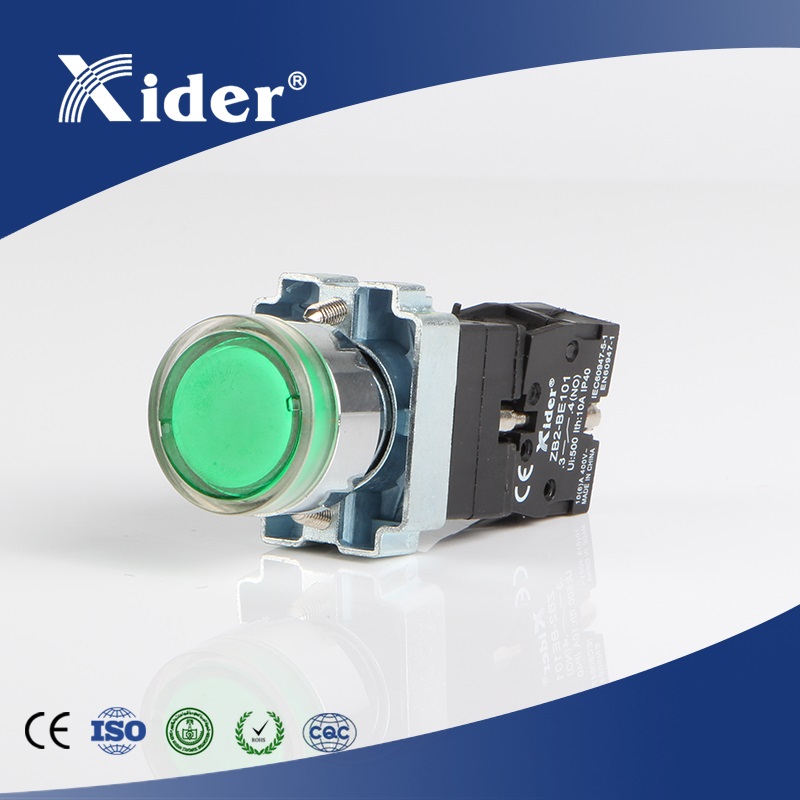Push button switche and toggle switches are both miniature switches with a very simple structure. In addition to some differences in appearance and structure, there are differences in the working principle and applications. The following is an introduction to the differences between push-button switches and toggle switches.
Push button switches: Push button switches are switches that use a push button to push the drive mechanism, so that the moving contact and static contact are pressed on or off and the circuit is switched. Push-button switches can perform basic controls such as start, stop, forward and reverse rotation, variable speed and interlocking. Usually each pushbutton switch has two pairs of contacts. Each pair of contacts consists of a normally open contact and a normally closed contact. When the button is pressed, the two pairs of contacts act simultaneously, with the normally closed contact breaking and the normally open contact closing.
Push button switches are mainly used in electrical automatic control circuits to manually send control signals to control contactors, relays, electromagnetic starters, etc.
A toggle switch, also called a dip switch, is a combination of at least 2 toggle switches and is an address switch used for operational control. Each key corresponds to two pins on the back of the upper and lower side, and if you dial the ON side, the following two pins are connected; the reverse is disconnected. The four keys are independent and are not interlinked. The binary coding principle of 0/1 is used, so you can set ON to 1 and OFF to 0. There are 16 codes: 0000, 0001, 0010 ......1111. For example, a 10-position toggle switch is 10 switches integrated together, usually 1 is the switch closed and 0 is the switch closed.
In addition toggle switches are widely used in data processing, communication, remote control and anti-theft automatic alarm systems, air shower rooms and other products that require manual programming.







